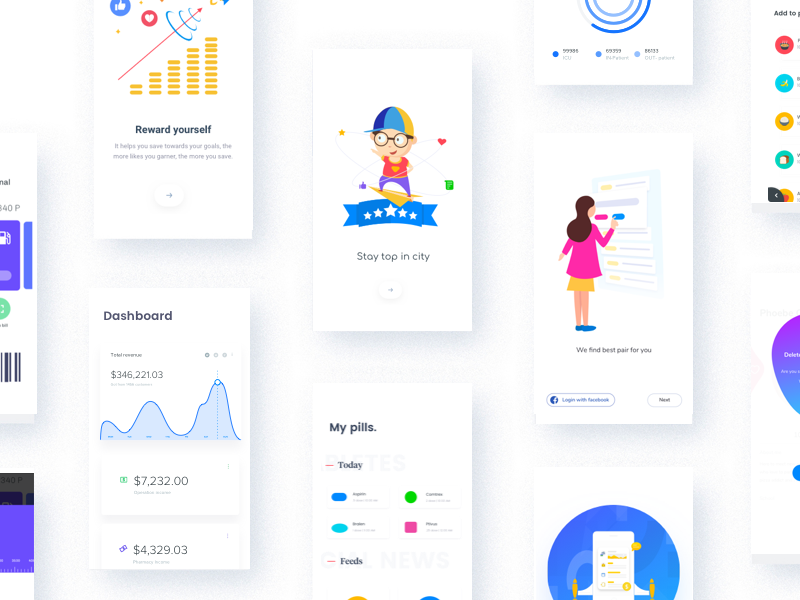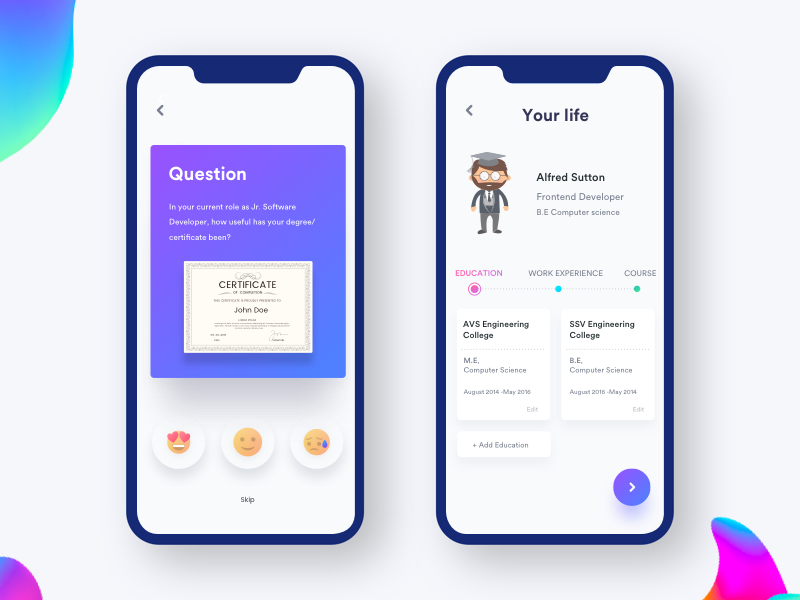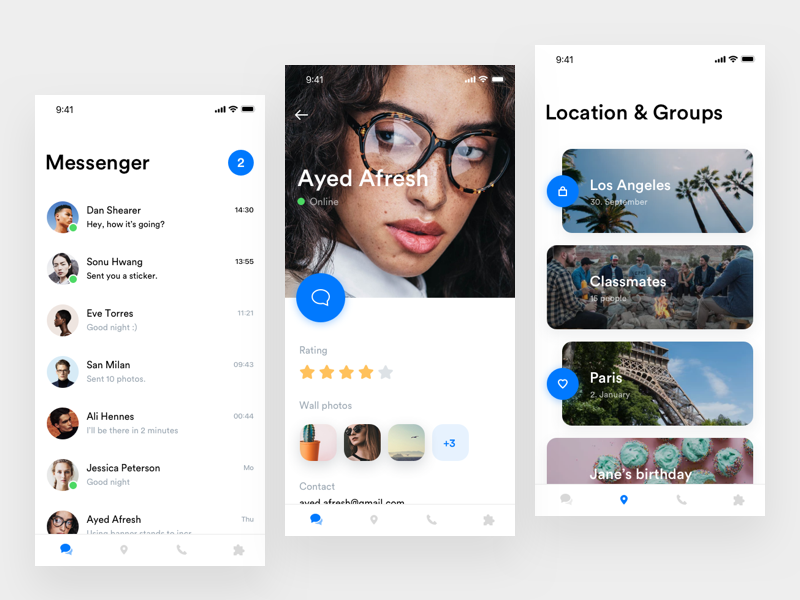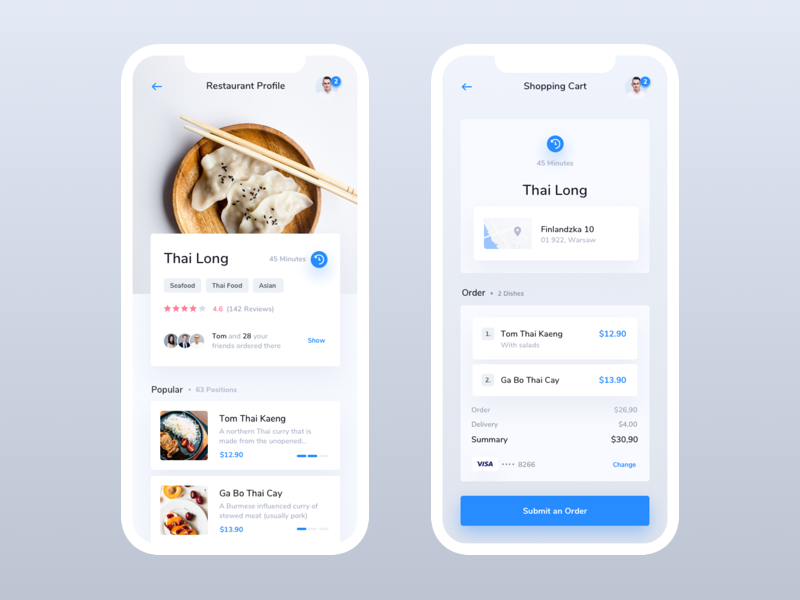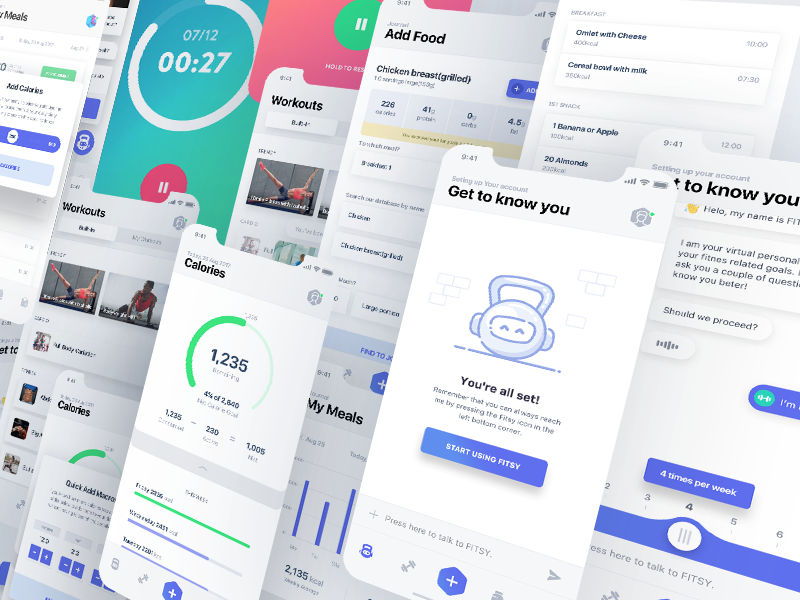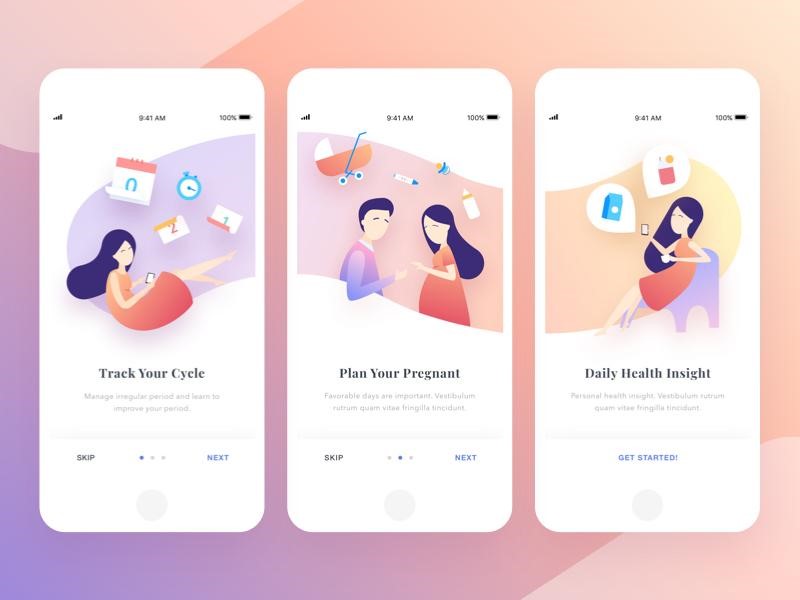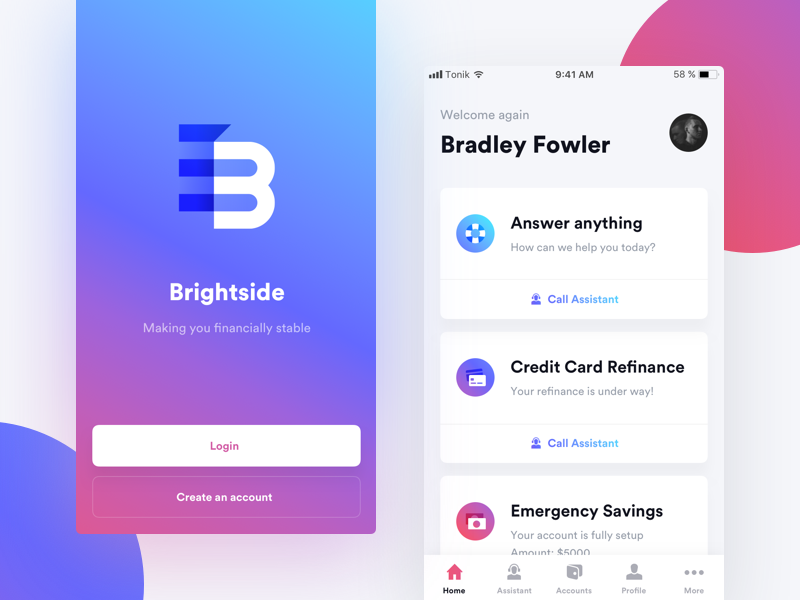Your app is already on the market and it seems that users really accepted it. Your effort was worthwhile and you ensured some excellent feedback from customers who spare no words to recommend you. The next question is: How to keep this momentum and make sure popularity will be rising in future?
We’ve summarized some practical advice and methods that can maintain users’ interest in your app. The tactics are very diverse-from establishing a direct communication with the users to improving the first impression and the manner in which you’re using the benefits of different operating systems.
Launch Day is The Day
Day 1 is not simply introduction day – it is the highlight of your “marketing crescendo”.
Unless you decided to opt for a ‘soft launch’ or to introduce the app in a different country, this is the moment to rise and shine as much as possible.
This is when users open ‘four’ eyes to look at your app and when all bloggers/journalists ought to be writing about you. Make sure they know the essential information, such as location, advantages, and main functions.
Enable interested parties to give feedback and to attract new customers: make it possible through social media, blogs, forums, and hopefully real-life friendships.
Inspire other developers and make sure they throw in a comment or two on your side. Long story short. You need everyone to approve your design!
Still, you’re not expected to create the biggest buzz ever. Quality remains your strongest criterion.
Have a re-engaging plan
The initial aim of your marketing strategy, namely to promote your app in a way which will bring you many downloads, was successful. However, this is not enough to keep customers engaged. You have to improve usage and to motivate users to stay where they are.
As long as they are happy and satisfied, customers will repurchase your product and they will give you brilliant reviews. Basically, it means that your most important asset for attracting new customers are the ones you already have.
How could you do it? The best way to start is customer-orientated campaigns-you can address them with discounts, limited offers, and promotions through their emails, phones, or messages inserted within the app.
You can also make the app more personal/automatic-you can insert common keywords, individual messages, and action triggers so that the customer will feel you really care about his personal interests.
Communicate with your users
Google and Ipsos MediaCT conducted a research and concluded that the three main reasons why users choose to ignore an app are needs modification, lack of interest, and uselessness.
However, all of these problems change and can disappear with time. It is even questionable whether you can estimate the real needs and interests of customers at the beginning. That is why you need to communicate with them.
The best way to ‘extract’ information from your customers is to foster the so-called ‘VIP’ beta-testing community. These communities do not just need indicators – they track changes in users’ behavior and they help designers adapt to them. In addition, they can help you improve your app so that it will adapt to the new market conditions.
Creating your personal ‘VIP’ community is not complicated. Firstly, you need to select few users who rated the app lower than the others, and they had a specific attitude towards the design (made a comment, participated in a dialogue, etc).
Consider their comments and try to estimate how much time they spent using your application. Invite them to participate in the testing community and make sure your specific requests match their concerns. Remember to tell them that you appreciate their help, and soon you’ll discover you’re working with the best critics you can find.
Value depends on optimization
Insight into the functionality of your application is even better once it is officially launched. Take advantage of it!
Analyze the screen flows and the movement through your conversion funnels and you will discover new ways to expand your app and to increase its values. Is users’ behavior indicating that you need some UX/UI changes? Well, not that you know it, start working on it!
Can’t figure out what works and what doesn’t? Try experimenting. Follow some trends and use what others are using. If it doesn’t work, change the strategy.
Keep in mind that customer lifetime value optimization is your ultimate aim. The lifetime value is an essential metric for calculating the app’s ROI.
Lifetime value also indicates whether your app is worth to be used ‘forever’ and gives you incentives to improve it. Still, apps are different and they leave certain space for ROI improvement. Whatever your app looks like, try to increase its value to the highest extent possible.
Do your own research
App Stores may be an excellent choice, but they are not the only means you have. Try to do your own Google research and believe us – the results will be incredibly surprising.
For instance, let’s assume you have a music-related app. Google ‘best music apps’ and you will get a lot of interesting results.
The initial five results you’ll get are proven quality blogs you could contact to feature your application. If you manage to bring them on your side, you have nothing to worry about anymore. App featuring will ensure you’ll have the following lasting benefits:
- Exposure
- Target Traffic
- Mighty link building
- Excellent rating and reviews
Don’t forget the importance of first impressions
Statistics are not on developers’ side – more than 23% of users abandon apps after just one use. What you need is the opposite-you need a popular app that will keep them engaged. The best way to do that is to provide a long-lasting, brilliant first impression.
Experienced developers make users aware of the importance and usefulness of an app from the very first moment. Users need to know the app is functional and it serves a specific purpose. Real use examples or factual data is a very good approach in the case.
We understand this can be tricky and challenging (especially if the app is a pay-per-view one, or if it requires a specific action in order to run). However, you can still think of an original solution to keep users engaged.
Be prepared for modifications
As good as it is at the beginning; don’t expect an app to stay static and to keep its success. Regardless of the type/purpose, your app has to follow the evolution of users’ behavior.
It can be very challenging. You may be requested to expand audiences, value paths, or to redefine the purpose of your app.
Some of the modifications may happen unexpectedly and you will be forced to act very fast. Therefore, don’t lose focus. Track changes and expect the unexpected. The more careful you are, the more ideas and plans will come to your mind.
You’re not done with marketing
Marketing is essential before launching an app, but that doesn’t mean you have to forget about it once the app is released. You need to have a clear overview on how the app is working and to continue promoting it. Your customers need to be aware of improvements, and they should never stop discussing and sharing your work.
We summarized the most important tips and long-term methods for maximizing retention, increasing daily usage, and attracting loyal customers; and we highlighted that they don’t happen simultaneously.
You are the one who has to employ them in the service of your final goal so that customers will know you care about them and their ever-changing needs and demands.

